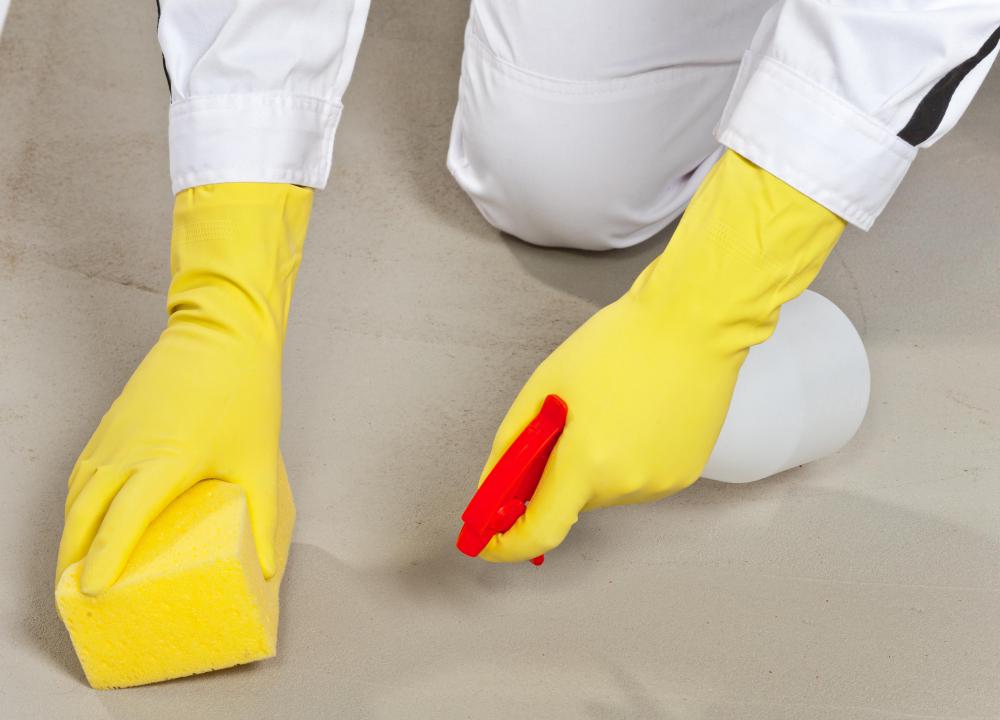At WiseGEEK, we're committed to delivering accurate, trustworthy information. Our expert-authored content is rigorously fact-checked and sourced from credible authorities. Discover how we uphold the highest standards in providing you with reliable knowledge.
What are the Best Ways for Dealing with Water in the Basement?
Water in the basement can be extremely destructive. Not only does moisture promote the growth of harmful molds that ruin possessions and cause respiratory problems, moisture can erode foundation walls and floors. There are myriad basement solutions for dealing with excess water in the basement: gutters, diverting water runoff from the roof with a dry well or foundation drain, waterproofing the foundation walls or sump pump installation with a French drain.
Gutters and proper gradation are the first line of defense for a leaky basement. A simple 30-minute rainfall on an average-size roof can easily dump more than 1,000 gallons (3,785 liters) of water directly into the soil around the foundation. Gutters capture the rainfall and divert the water to various drainage points away from the building. Gradation, or the sloping of the land down and away from the building, carries the drainage water further away.

The most expensive but most effective option for water in the basement is the foundation drain. A foundation drain is a trench installed at the exterior base of the foundation. The trench holds a series of perforated pipes laid in a bed of gravel. The pipes direct water away from the foundation. Installing a foundation drain calls for major excavation but might be the only remaining solution for a dry basement.

A dry well, or soakaway, works in conjunction with gutters to direct water away from the basement. This system is appropriate for diverting large quantities of runoff water in climates that experience heavy or frequent rainfalls. The dry well is an underground basin, usually filled with stones, that diverts roof runoff water away from the basement and out into the property. The gutter system is often connected to the dry well system as a means of passively diverting runoff water underground. Usually, a clean gutter system, proper gradation and a dry well solve most problems related to water in the basement.

Waterproofing products are used for preventing seeping water from entering cracks in basement walls. Interior waterproofing products include waterproofing paint or hydraulic cement. These products cover the inside surface of the basement walls. Although these products might be suitable for minor wall weeping or efflorescence caused by improperly cured or moist concrete, they will not permanently solve persistent water problems that occur from poor exterior drainage or a high underground water table. For severe water problems, exterior waterproofing products such as sprayed on asphalt or waterproof membranes are used in combination with a dry well or French drain and sump pump system.
A French drain is a gravel-filled trench installed around the inside perimeter of the basement floors. Water seeping in through the walls falls into the drain, where it is channeled to a sump well. A sump pump in the well pumps the water in the basement out into underground pipes connected to a dry well. This system is effective in combination with the gutter and gradation system. A French drain can be expensive to install, because it requires cutting a trench into the basement floor, creating a sump well and laying pipes and gravel.
AS FEATURED ON:
AS FEATURED ON:













Discuss this Article
Post your comments